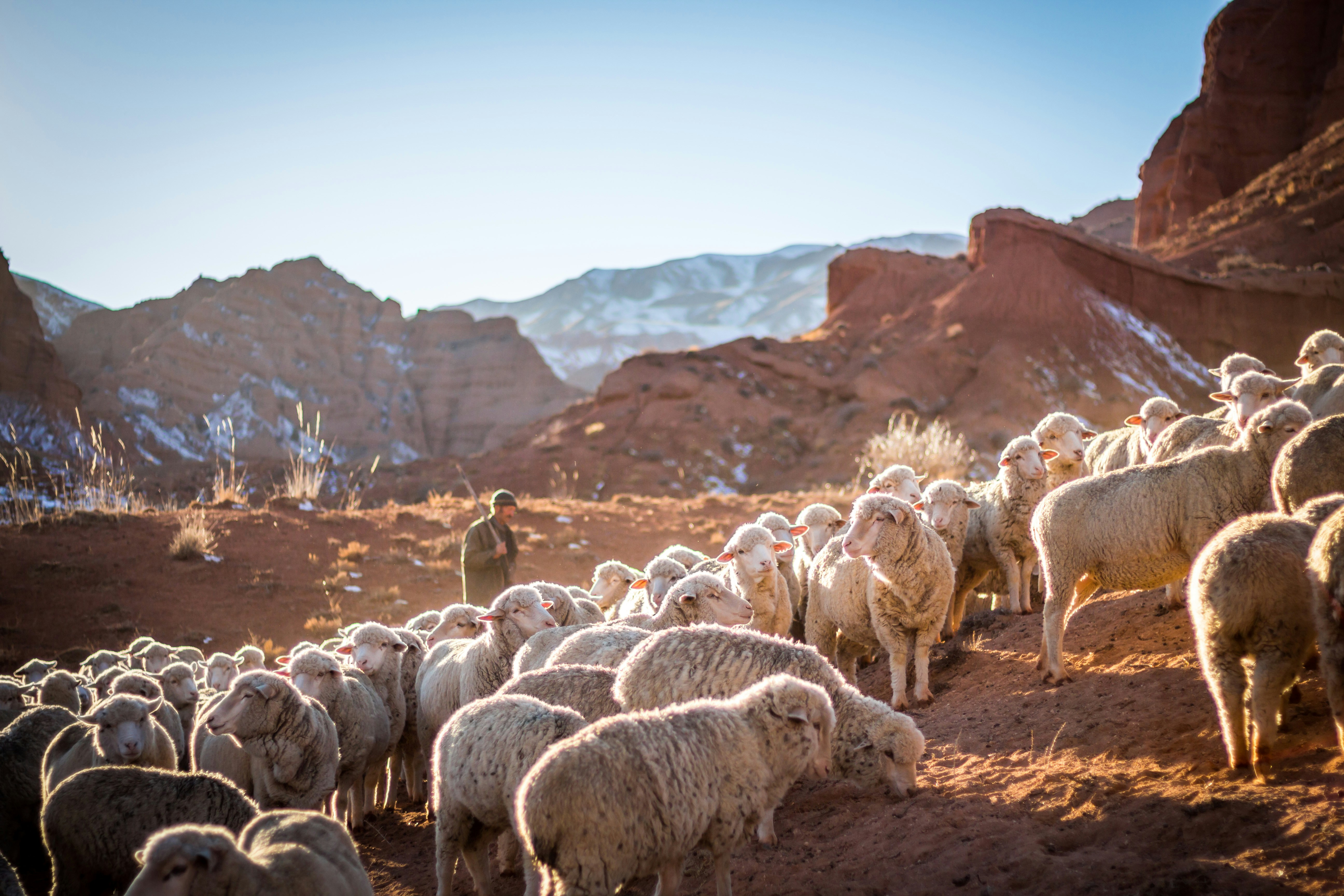
Following the Kyrgyz tradition, Manzura Orolbaeva welcomes guests with homemade bread and a saucer of melted butter. The bread is made from grain grown on their farm and the butter from the livestock they keep.
Agriculture is the main source of income and food for a large part of the local population in this mountain village of Kara-Dobo in southern Kyrgyzstan, but due to the dry climate and lack of arable land, it is difficult to grow crops here. Water is particularly challenging to access.
For Manzura, her nearest water source is a mountain spring located two kilometres away. Every day, this 63-year-old woman and her loved ones walk there and back, not once but several times a day, to bring back enough water for the people, animals and plants on their farm.
"You can live without gas; you can live without the Internet, but you cannot live without water," said Manzura.
Water is scarce not only in Kara-Dobo, but also in many other villages in this region of little rainfall. In the winter, it is cold with almost no snow, and in summer, it is very hot with virtually no rain. The main water sources are mountain springs, but they are often in hard-to-reach places.
As a high-altitude country, Kyrgyzstan has been experiencing the effects of climate change acutely. Variations in temperatures are leading to unreliable precipitation patterns and more frequent peaks in temperature are causing aridity and drought, especially in mountain pastures.
To increase the communities’ resilience to these weather anomalies, experts from the Food and Agriculture Organization of the United Nations (FAO) proposed the construction of an artificial glacier in the region as part of the project “Shared prosperity through cooperation in border regions of Kyrgyzstan and Uzbekistan”.
Funded by the United Nations Peacebuilding Fund, the project is implemented jointly by FAO and the United Nations Population Fund (UNFPA) and is aimed at enhancing cross-border environmental and socio-economic cooperation between Uzbekistan and Kyrgyzstan. It also works to build confidence and trust between local governments, communities and civil society organizations. The project uses climate-smart agricultural practices to preserve and sustain common natural resources. It directly supports implementation of SDG targets 6.5 on integrated water resources management, including transboundary cooperation, 6.6 to protect and restore water-related ecosystems, and 6.b to support and strengthen the participation of local communities in improving water and sanitation management.
Many took the idea of an artificial glacier as a joke, says Manzura Orolbaeva, but the residents of the village of Kara-Dobo supported the initiative.
"If we do not water the gardens, everything dries up. We will have nothing to cover our expenses or to feed our cattle," said Manzura.
The villagers undertook the construction themselves, with FAO providing technical and financial support. Constructing the artificial glacier began with installing an underground pipeline. In just one week, 55 people manually dug a trench and laid pipes from the mountain spring to the pasture, where their livestock graze. The end of the pipe was then raised 20 metres above the ground.
While these works were going on, Manzura’s house became a type of "headquarters" where the villagers planned the course of work. She treated everyone who dug the trench with tea and homemade pastries.
In the winter, the glacier was born. The water from the pipe began to freeze and slowly turn into a huge ice tower. Then in the summer months, the mountain of ice slowly melts, providing residents with regular access to fresh water for irrigation and for their own use. During the first winter, the glacier grew to more than 70,000 cubic metres of ice.
"Now our experience interested residents of other villages, who at first did not believe us," said Manzura. “Perhaps next year in our area there will be other artificial glaciers. Because water is life," she added.
Local authorities plan to install one more glacier from their own funding sources and include the expenses into the local budget plan.
In Kyrgyzstan, FAO is supporting several projects to address water scarcity and help villagers use it judiciously. For example, an electronic system for measuring the volume of irrigation water has been recently introduced, with technical and financial assistance from FAO, in the Kochkor district of the Naryn region of Kyrgyzstan. Digital technologies like these have not only helped in the rational distribution of water but also eliminated conflicts among farmers over this vital resource.